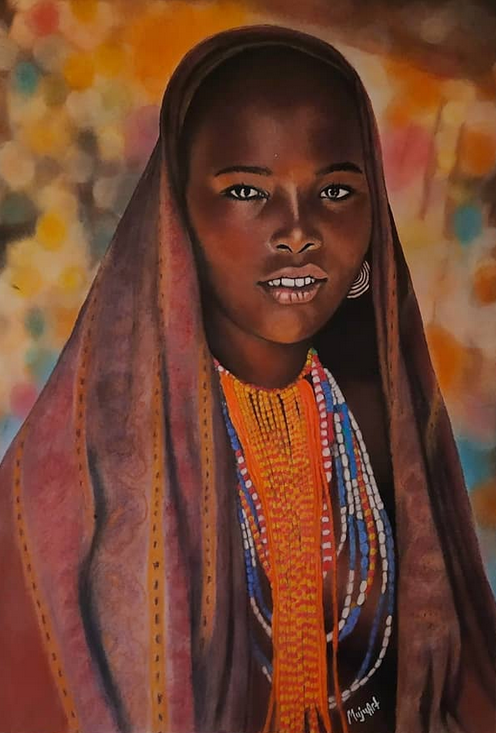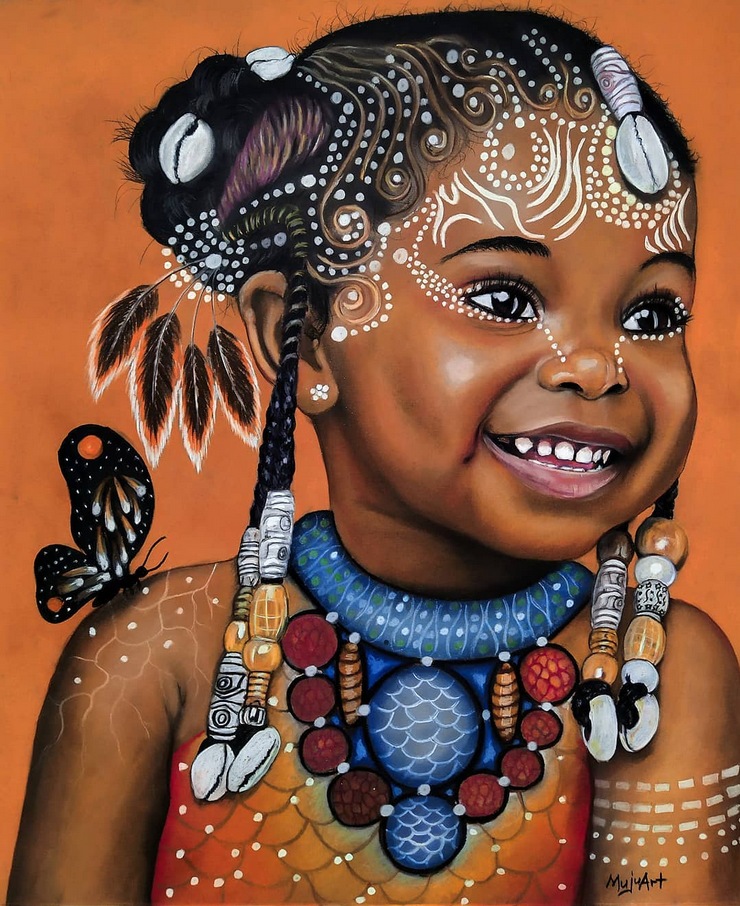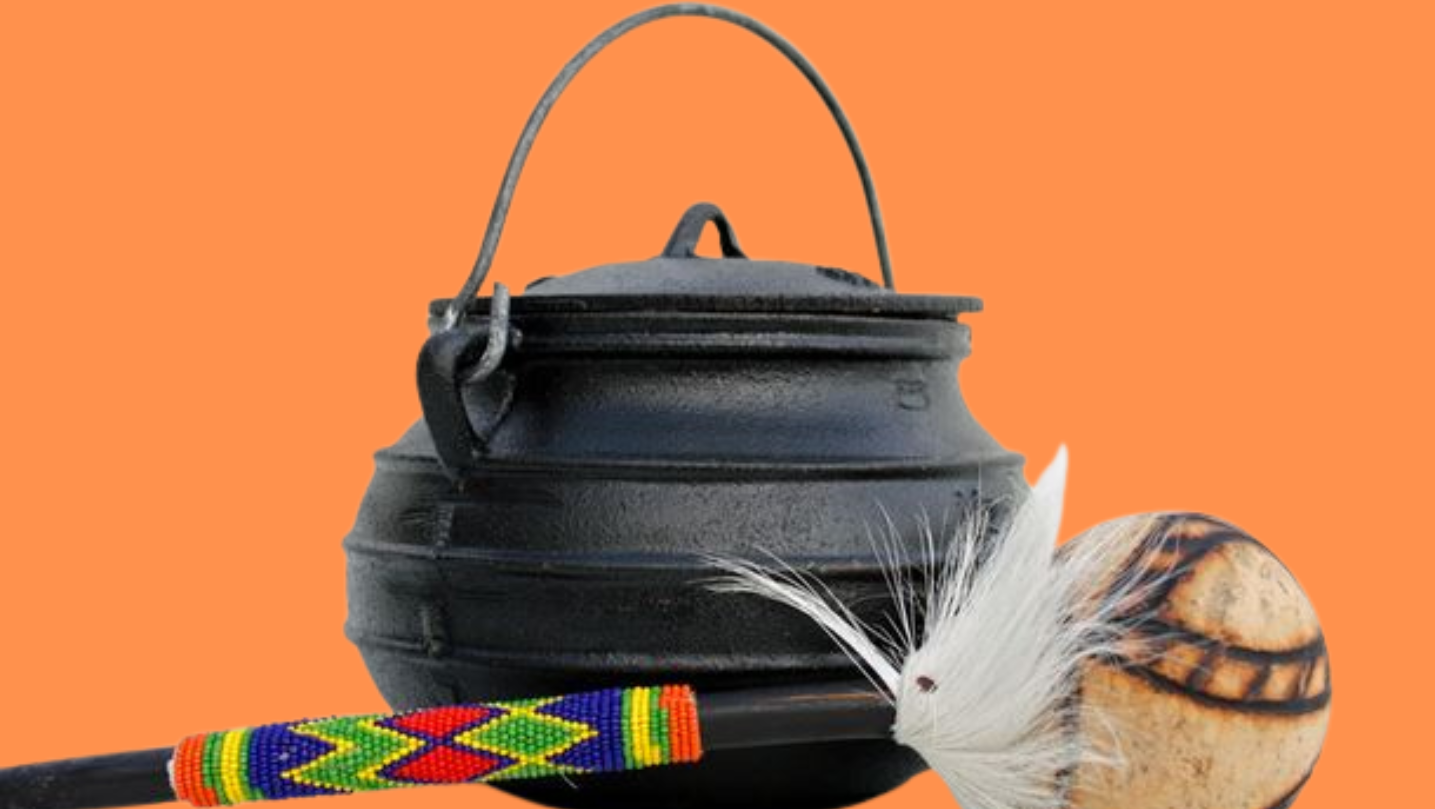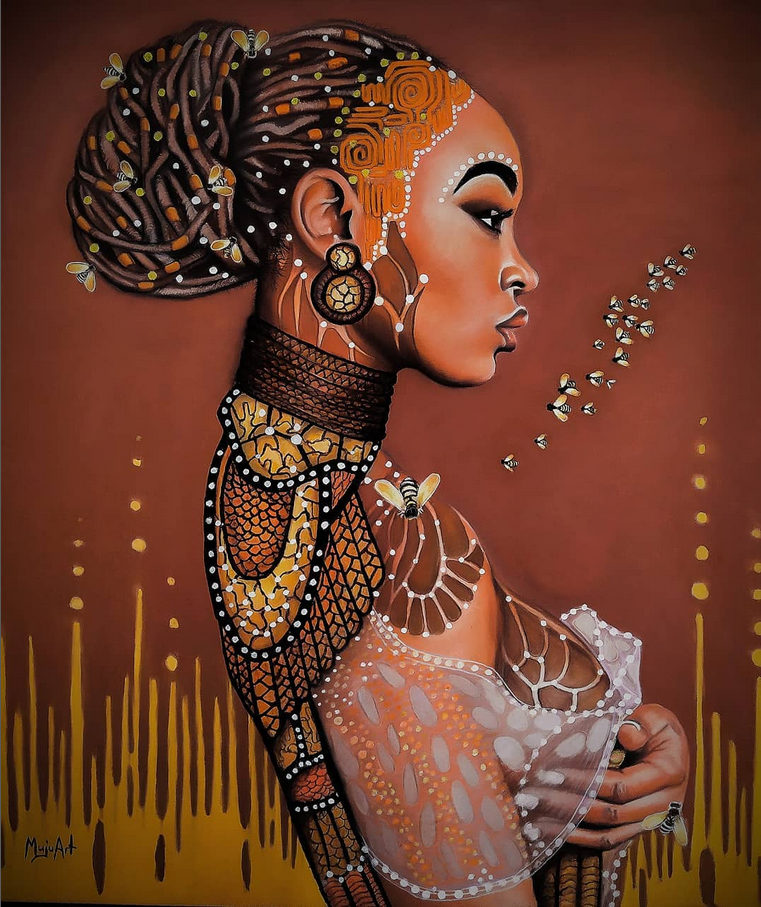Zimbabwe is a country rich in cultural diversity and traditions, and one of the most captivating aspects of its heritage is the use of beads. Beads hold a special place in Zimbabwean culture, playing a pivotal role in the social standing of communities and enhancing the beauty, power, and significance of individuals. In this blog post, we'll delve into the fascinating world of Zimbabwean beads, exploring how they are intricately woven into the fabric of society and used to adorn people in ways that transcend mere aesthetics.
The art form is deeply rooted in Zimbabwean culture, with beads serving as symbols of wealth, status, and cultural identity, where women have been creating expuisite beaded objects for centuries.
The history of beadwork in Zimbabwe can be traced back to the ancient trade routes that connected the region to neighboring African countries and the Middle East. These routes brought an influx of beads, which were quickly adopted by local artisans and incorporated into their traditional jewelry and adornments.
Beads in Contemporary Zimbabwe: While the traditional techniques of beadwork are still very much alive in Zimbabwe, modern influences have also made their mark. Contemporary artists and designers incorporate traditional beadwork into contemporary fashion, creating a fusion of old and new that appeals to a global audience. This not only preserves the cultural heritage but also provides economic opportunities for artisans.
Beads have been a part of Zimbabwean culture for centuries, with a history that stretches back to the pre-colonial era. They were initially crafted from materials like bone, shells, and seeds, and their creation and usage were deeply rooted in tradition. Beads were not just ornaments; they symbolized status, identity, and even served as a form of currency.
- Jewelry: Beadwork was used to create necklaces, bracelets, earrings, and other forms of personal adornment.

Once upon a time , in one of the most remote areas of Africa ,prior to the first night of a newly married African woman's life, the elder women of the village dresses the girl, and rub her special leaves and flowers from the forest which smells equally good as perfume. They teach her all sex positions and styles. And they tie her beads around her neck and in the waist. These beads create rhythmic music as the couple consummate their marriage. In the morning the elders judge the night's performance by the remaining beads. I present Makanaka. These are pastel pencils on 50x65cm sinacote paper Tonderai Muju
Social Standing and Beads: In many Zimbabwean communities, the wearing of beads is an indicator of social standing and identity. Different beadwork patterns, colors, and styles often signify the wearer's role within the community. For instance, certain bead designs may be reserved for royalty or individuals with specific responsibilities, distinguishing them from others.

Beads as Symbols of Beauty: Beads are more than just adornments; they are instruments of beauty that enhance one's appearance. Zimbabwean women, in particular, use beads to create intricate jewelry and accessories, transforming themselves into striking and alluring figures. These adornments are often worn during special occasions such as weddings, festivals, and ceremonies, adding to the overall splendor of the event.
Beads as a Source of Power: In addition to their aesthetic value, beads also carry a spiritual significance in Zimbabwean culture. Some beads are believed to possess protective and healing properties, and they are worn to harness the power of ancestral spirits. This belief in the supernatural qualities of beads adds an extra layer of significance to their use.
- Ceremonial objects: Beads were used to decorate ceremonial regalia, such as masks, headdresses, and staffs.
In the heart of African tribal societies, the knobkerrie, a traditional club or truncheon, played a pivotal role in daily life. Beyond its practical function as a hunting tool, the knobkerrie evolved into a powerful symbol of status and cultural identity, intricately interwoven with the social fabric of these communities. While men were the primary wielders of knobkerries in hunting expeditions, women played an equally crucial role in shaping their significance. Far from being mere observers, these women recognized the knobkerrie as an outward expression of their husbands' or sons' prowess and social standing. Driven by a desire to showcase the importance of their men, they embarked on a remarkable journey of crafting exquisite covers for their knobkerries.
The creation of knobkerrie covers became a testament to the artistry and craftsmanship of these women. Using a variety of materials, including beads, leather, and animal hides, they transformed these utilitarian objects into works of art. Their hands danced with meticulous precision, weaving intricate patterns and designs that reflected their cultural heritage and personal flair.
Each knobkerrie cover became a unique masterpiece, its design carefully curated to represent the wearer's status and accomplishments. The more elaborate and intricate the design, the higher the wearer's standing within the community. These covers served as a visual declaration of pride, a silent proclamation of the wearer's achievements and social significance.

The knobkerrie cover transcended its purely decorative function to become a potent symbol of wealth and prestige. Those who could afford the most elaborate and intricately crafted covers were seen as individuals of wealth and influence. Their knobkerries became emblems of their social standing, drawing admiring glances and reinforcing their position within the community hierarchy.
Today, knobkerrie covers continue to hold profound cultural significance, serving as tangible links to the rich heritage of African tribal societies. They embody the ingenuity and artistry of these women, their ability to transform everyday objects into symbols of status and cultural identity. These covers stand as enduring testaments to the enduring power of tradition, passed down through generations, preserving the essence of a culture that reveres craftsmanship and social standing.
- Household objects: Beads were used to embellish everyday objects, such as baskets, gourds, and furniture.
Today, beadwork remains a vital part of Zimbabwean culture, and women continue to create stunning beaded objects that are prized for their beauty and craftsmanship. Beadwork is also a significant source of income for many women in Zimbabwe, and the sale of beaded crafts helps to support families and communities.
In Zimbabwe, beads are not just beautiful ornaments; they are threads that weave together a complex tapestry of culture, identity, beauty, and power. They play a crucial role in determining social standing and enhancing the aesthetic appeal of individuals. By understanding the significance of Zimbabwean beads, we gain a deeper appreciation for the rich cultural heritage of this vibrant nation.
So, whether you're a traveler exploring Zimbabwe or simply someone with an interest in world cultures, take the time to explore the intricate world of Zimbabwean beads and witness how they continue to shape the lives and identities of its people.
